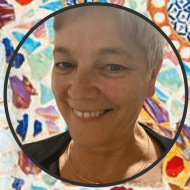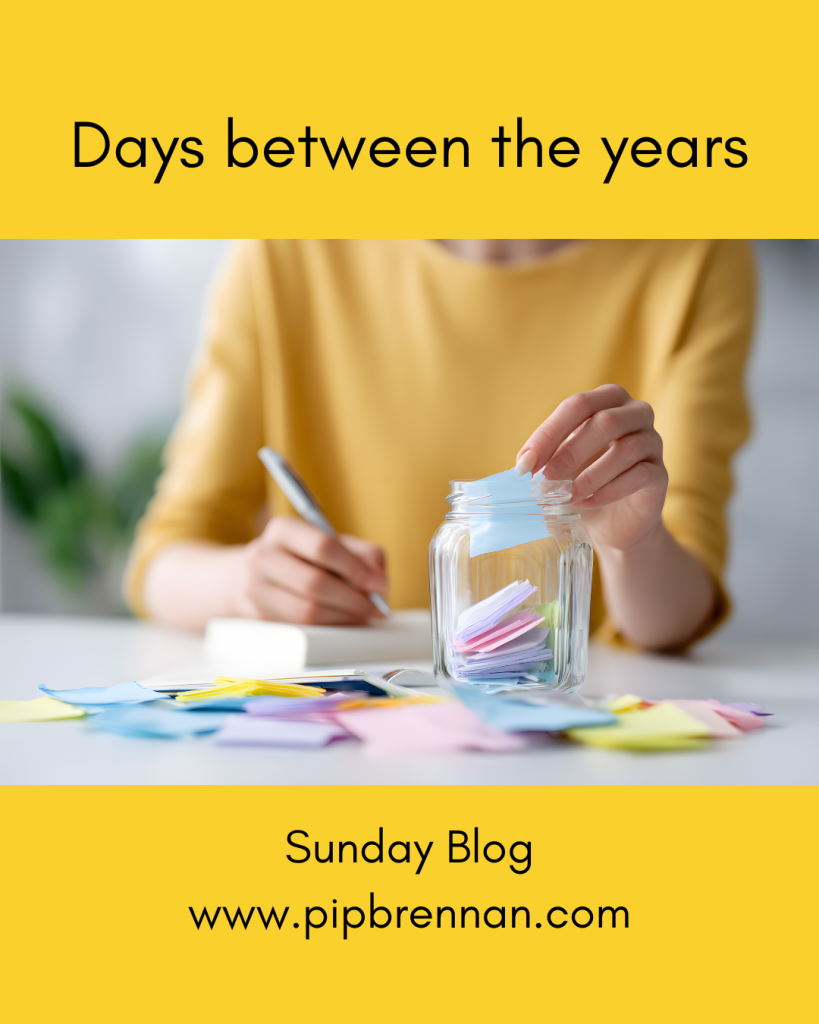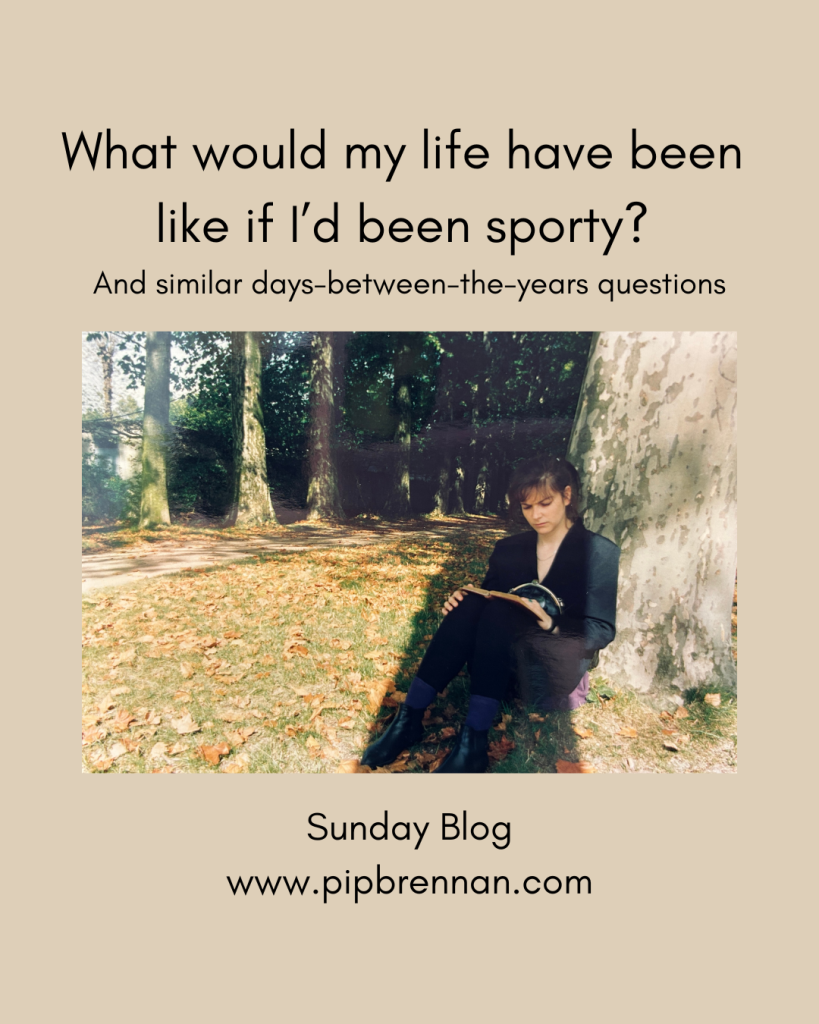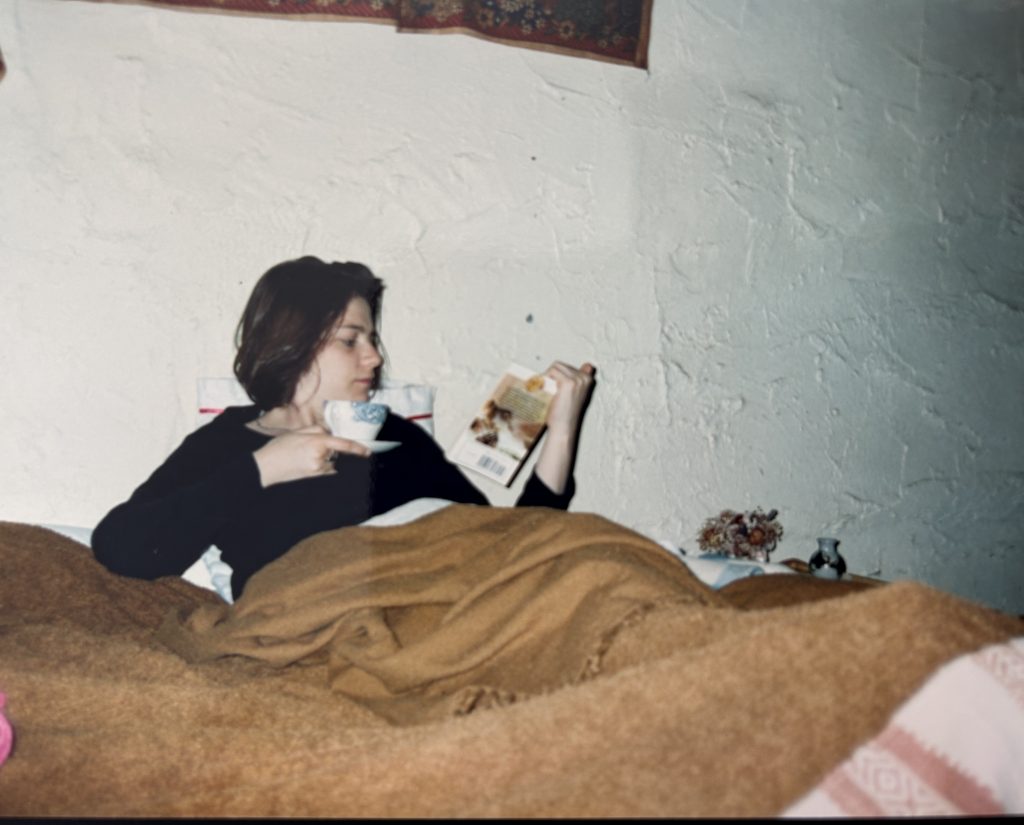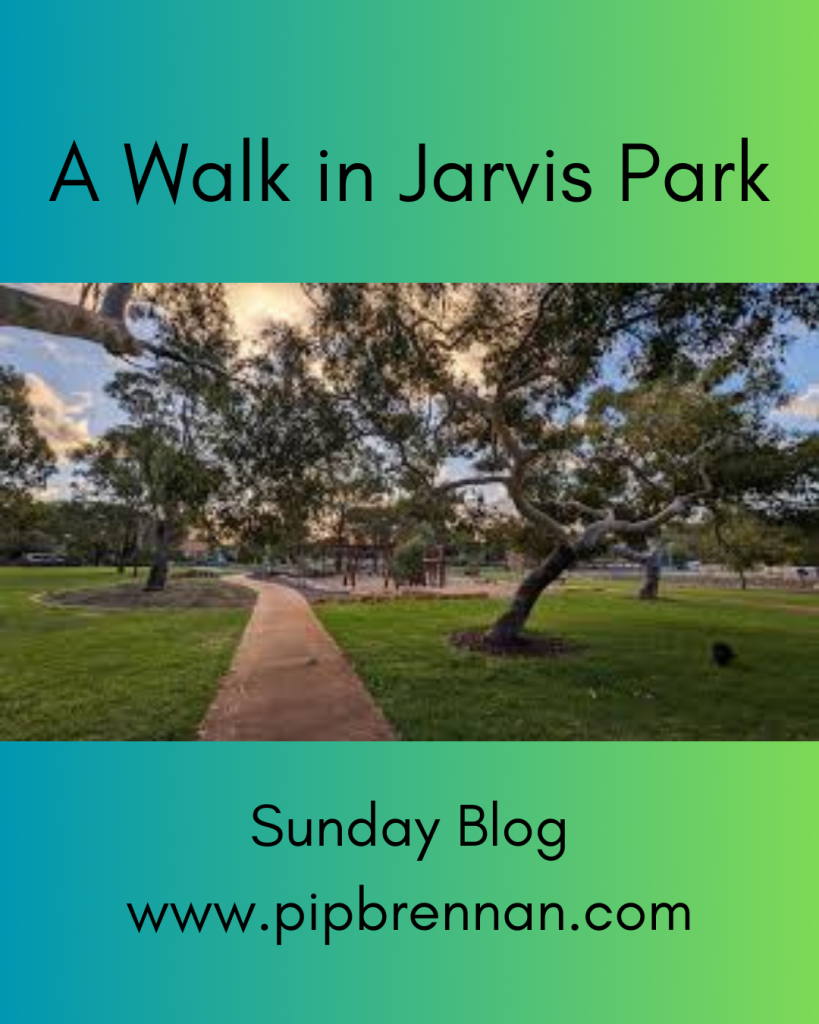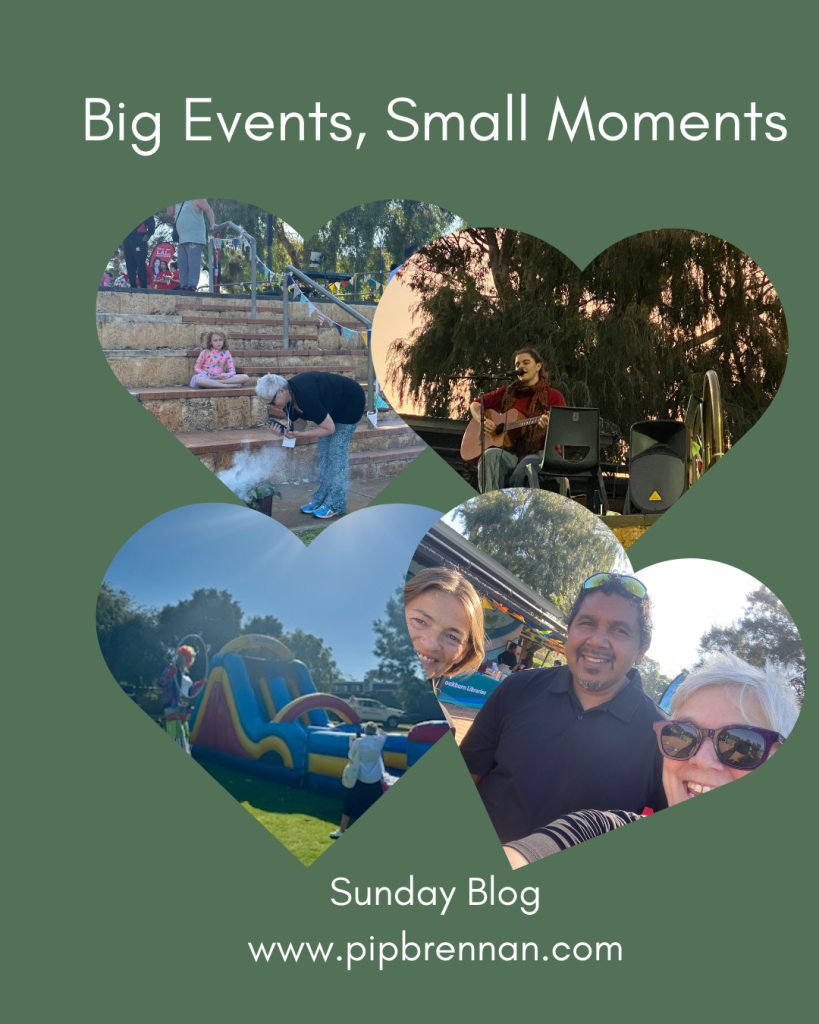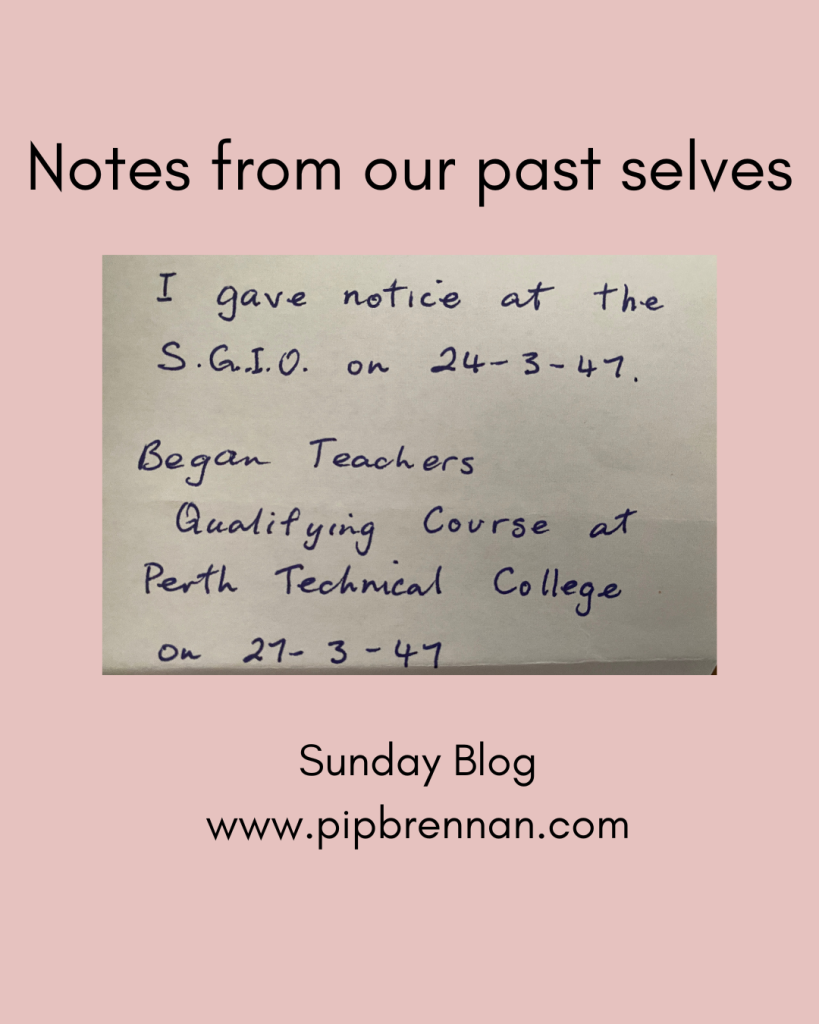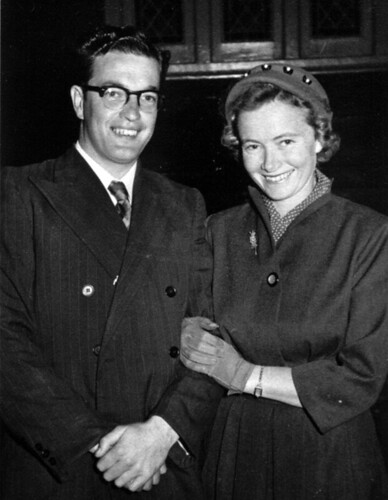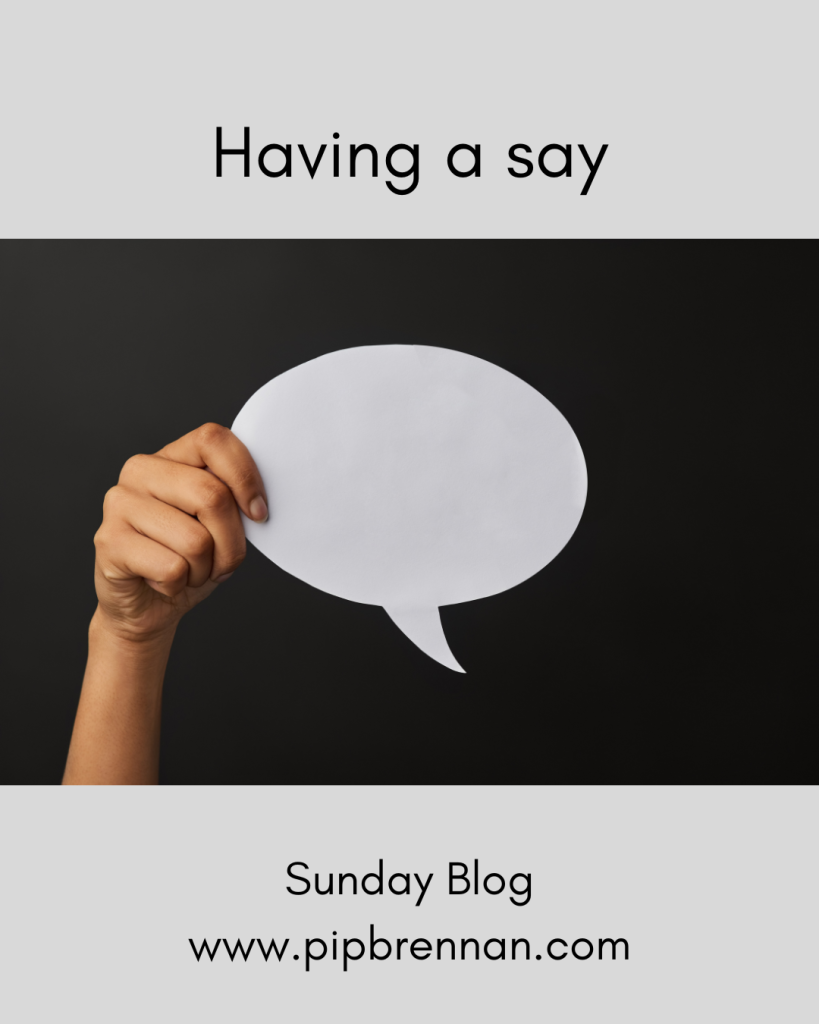Sunday Blog 216 – 4th January 2026

Last week I tantalised with a picture of the contents from my 2025 memory jar; this week I thought I would write them out like pearls. Here goes.
- Flowers from darling husband for our 16th wedding anniversary
- Dinner with my daughter at Ode to Sirens – a new(ish) Greek restaurant in Fremantle
- Having a gorgeous time at Jackson’s 30th – good to see familiar faces (that was one I didn’t write)
- My writing breakthrough at Carmel, California
- Movie night with my daughter starting with wine and cheese. We saw A Complete Unknown.
- Susie’s birthday afternoon tea with the friends and cousins and sisters
- Dinner under our new gazebo with the fam (another one I didn’t write)
- Singing happy birthday to my nephew for his birthday party I hosted
- Red Tent Easter Sunday brunch with the Sisters – food, talk and ceremony. (darling husband was away for all the witchery)
- Sleepover with my daughter that night and re-doing the Easter Ritual together, writing our rebirth intentions and burning them in the caldron (yes, there really was a caldron)
- Yoga, poached egg and witchy Easter business with Mum (another one I didn’t write)
- Wagging the Digital Health Festival afternoon sessions to see the Van Gogh Lume and Virtual Reality show. Bliss.
- Kalgoorlie trip with darling husband in July
- Meeting Helen Garner in July
This is such an incomplete list of 2025 highlights. It cuts out before the August and September trip to Ireland, Italy, France and Greece, for example.
But still. It got me to thinking. Where does the Memory Jar concept come from, other than from Instagram? After a bit of AI slop I found this article which highlights how writing out and re-reading memories can make us happy.
I reckon I’m going to have another go at a Memory Jar in 2026. Aim for at least 52 memories, one a week.
